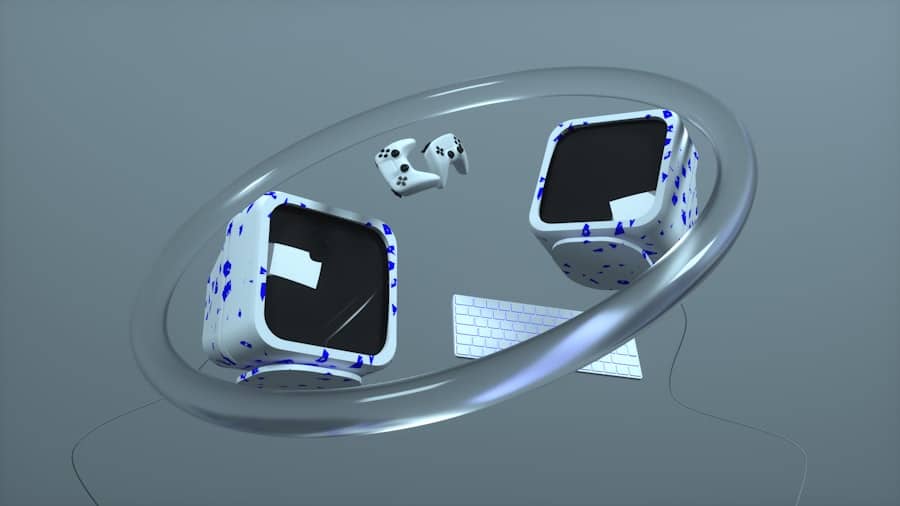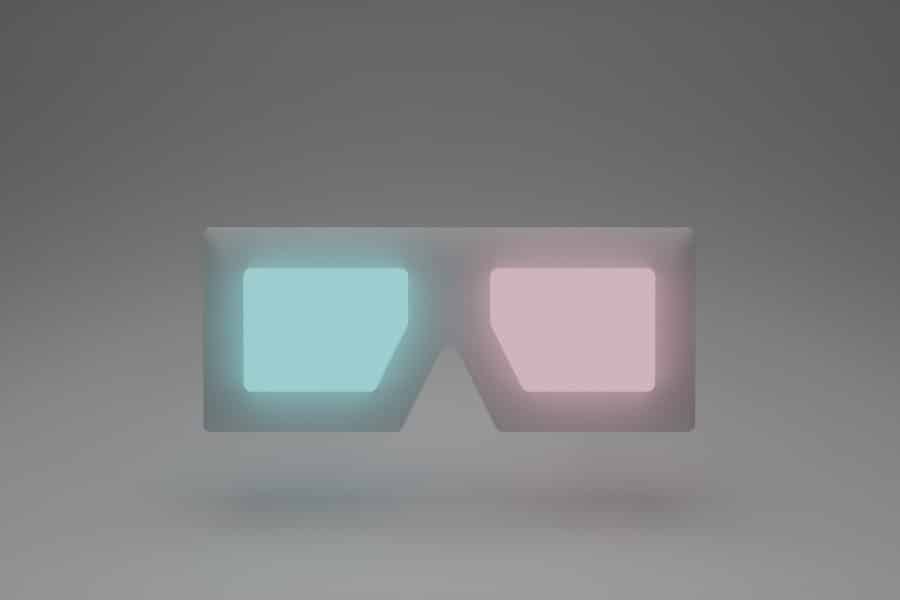Holographic gaming represents a transformative frontier in the realm of interactive entertainment, merging the physical and digital worlds in unprecedented ways. This innovative approach leverages mixed reality (MR) technologies to create immersive experiences that engage players not just through visual stimuli but also through spatial awareness and physical interaction. Unlike traditional gaming, which confines players to screens, holographic gaming allows for a more holistic engagement, where virtual elements coexist with the real environment.
This integration fosters a sense of presence and agency, enabling players to interact with digital characters and objects as if they were tangible entities. The evolution of holographic gaming is rooted in advancements in display technologies, computer vision, and artificial intelligence. As these technologies converge, they enable the creation of lifelike holograms that can be manipulated in real-time.
Players can experience games that respond to their movements and actions, creating a dynamic interplay between the user and the game environment.
Key Takeaways
- Holographic gaming in mixed reality combines virtual and physical elements to create immersive gaming experiences.
- Advancements in holographic gaming technology, such as improved graphics and motion tracking, have enhanced the realism and interactivity of games.
- Holographic gaming has the potential to revolutionize the gaming industry by offering new levels of immersion and interaction for players.
- Challenges and limitations of holographic gaming in mixed reality include technical constraints and the need for user-friendly interfaces.
- The future of holographic gaming holds potential applications in education, training, and entertainment, shaping the future of mixed reality experiences.
Advancements in Holographic Gaming Technology
The technological landscape of holographic gaming has seen remarkable advancements over recent years, driven by innovations in hardware and software. One of the most significant breakthroughs is the development of high-resolution displays capable of rendering detailed holograms. Devices such as Microsoft’s HoloLens and Magic Leap One have set the stage for this evolution, offering users the ability to see and interact with 3D holograms overlaid onto their physical surroundings.
These devices utilize advanced optics and sensors to track user movements and gestures, ensuring that virtual objects appear anchored in the real world. Moreover, the integration of artificial intelligence into holographic gaming has further enhanced interactivity. AI algorithms can analyze player behavior and adapt gameplay accordingly, creating personalized experiences that respond to individual preferences and skill levels.
For instance, a game might adjust its difficulty based on how quickly a player completes challenges or even alter storylines based on choices made during gameplay. This level of adaptability not only enriches the gaming experience but also encourages players to engage more deeply with the content, fostering a sense of ownership over their gaming journey.
The Impact of Holographic Gaming on the Gaming Industry

The emergence of holographic gaming is reshaping the gaming industry in profound ways. As developers embrace mixed reality technologies, traditional gaming paradigms are being challenged, leading to innovative gameplay mechanics and storytelling techniques. The ability to create immersive environments where players can physically move around and interact with virtual elements has led to a surge in interest from both developers and consumers.
This shift is evident in the growing number of titles designed specifically for mixed reality platforms, which often feature unique gameplay experiences that cannot be replicated on conventional consoles or PCs. Furthermore, holographic gaming is attracting a diverse audience beyond traditional gamers. Educational institutions, healthcare providers, and corporate training programs are beginning to recognize the potential of mixed reality for training and skill development.
For example, medical students can practice surgical procedures using holographic simulations that provide realistic feedback without the risks associated with real-life operations. This cross-industry appeal not only broadens the market for holographic games but also encourages collaboration between game developers and professionals from various fields, leading to innovative applications that extend far beyond entertainment.
Challenges and Limitations of Holographic Gaming in Mixed Reality
Despite its potential, holographic gaming faces several challenges that must be addressed for widespread adoption. One significant limitation is the cost associated with developing and deploying mixed reality technologies. High-quality holographic displays and the necessary computing power can be prohibitively expensive, making it difficult for smaller developers to enter the market.
Additionally, consumers may be hesitant to invest in hardware that is still relatively niche compared to traditional gaming systems. Another challenge lies in user experience design. Creating intuitive interfaces that allow players to interact seamlessly with both physical and digital elements is complex.
Developers must consider factors such as spatial awareness, gesture recognition, and user comfort to ensure that players can engage with holographic content without frustration or confusion. Furthermore, issues related to motion sickness can arise when users are required to navigate between real and virtual spaces rapidly. Addressing these concerns is crucial for ensuring that holographic gaming is accessible and enjoyable for a broad audience.
The Future of Holographic Gaming: Potential Applications and Use Cases
Looking ahead, the future of holographic gaming is ripe with potential applications that extend beyond entertainment. One promising area is education, where mixed reality can revolutionize how students learn by providing immersive experiences that enhance understanding and retention. For instance, history lessons could come alive as students interact with holograms of historical figures or events, allowing them to explore different perspectives in a way that textbooks cannot offer.
In addition to education, industries such as architecture and design stand to benefit significantly from holographic gaming technologies. Architects can use mixed reality to visualize their designs in real-world contexts, allowing clients to walk through virtual buildings before they are constructed. This capability not only aids in design refinement but also enhances client engagement by providing a tangible sense of scale and space.
Similarly, product designers can prototype new products using holograms, enabling rapid iteration based on user feedback without the need for physical models.
The Role of Holographic Gaming in Shaping the Future of Mixed Reality

Holographic gaming is poised to play a pivotal role in shaping the future landscape of mixed reality experiences. As developers continue to push the boundaries of what is possible with holograms, we can expect an influx of creative applications that blend entertainment with practical utility. The success of early adopters will likely inspire further investment in mixed reality technologies, leading to advancements that enhance both hardware capabilities and software ecosystems.
Moreover, as more consumers become familiar with holographic experiences through gaming, their expectations for other forms of media will evolve.
For example, virtual shopping experiences could allow customers to visualize products in their homes before making a purchase decision, while social platforms might incorporate holographic elements to facilitate more engaging interactions among users.
Ethical and Social Implications of Holographic Gaming in Mixed Reality
As with any emerging technology, holographic gaming raises important ethical and social considerations that must be addressed as it becomes more prevalent. One significant concern is privacy; as mixed reality devices often require extensive data collection to function effectively, users may be apprehensive about how their information is used and stored. Developers must prioritize transparency and user consent when designing these systems to build trust among consumers.
Additionally, there are implications related to accessibility and inclusivity. While holographic gaming has the potential to engage diverse audiences, it is essential to ensure that these experiences are accessible to individuals with disabilities. Developers should consider how their games can accommodate various needs, such as providing alternative input methods for those who may struggle with traditional controls or ensuring that visual content is accessible to individuals with visual impairments through audio descriptions or tactile feedback.
The Potential of Holographic Gaming for Mixed Reality
The potential of holographic gaming within mixed reality is vast and multifaceted, offering exciting opportunities for innovation across various sectors. As technology continues to advance, we can anticipate a future where immersive experiences become an integral part of everyday life—transforming not only how we play games but also how we learn, work, and interact with one another. By addressing the challenges associated with this technology and considering its ethical implications, developers can harness the power of holographic gaming to create meaningful experiences that resonate with users on multiple levels.
The journey into this new frontier promises not only entertainment but also profound changes in how we perceive and engage with our world.
If you are interested in exploring the latest technology for gaming and design, you may also want to check out this article on the

